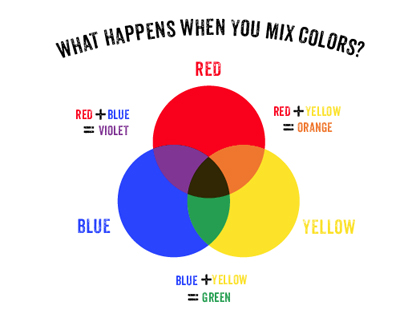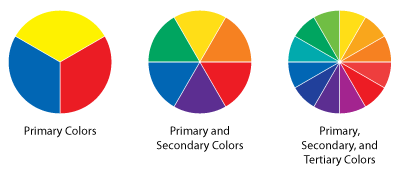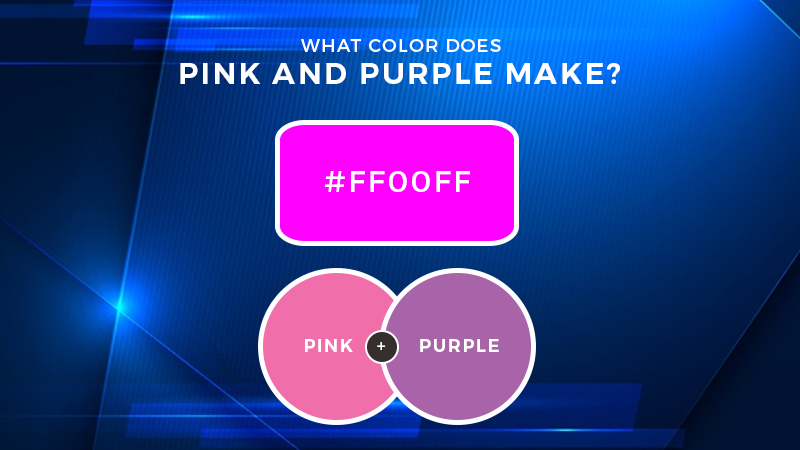Pink and Purple Mixed! What Color Do Pink and Purple Make?
Have you ever wondered what color pink and purple make when combined? Whether you’re a practicing artist or an aspiring interior designer, understanding the art of color mixing comes as a prerequisite to ensuring eloquent and accurate artistic creations.
Fortunately, with a brief review of what we call Color Theory, anyone can get a grasp of how they should pick and combine colors to arrive at a desired hue, shade, or tint.
If you’re one among the many who want to improve their color manipulation skills, it’s best to understand how each hue relates and functions first.
To give you a good start, let’s begin by identifying what color relation pink and purple have, and what product we can expect once we mix these two popular hues together.
Read on …
Color Theory Explanation
Defined as both the science and art of using colors, Color Theory is a term used to describe the set of rules and guidelines for expert color manipulation.
Since humans perceive each color distinctively, Color Theory helps artists and designers understand the relationship between each hue and identify the right color combination that will help relay their desired message through their artwork.
To understand this concept further, it’s important to familiarize oneself with what we call the “Color Wheel.” Defined as the basis of Color Theory itself, the Color Wheel is a circular diagram of colors arranged logically to demonstrate the relationship between each hue.
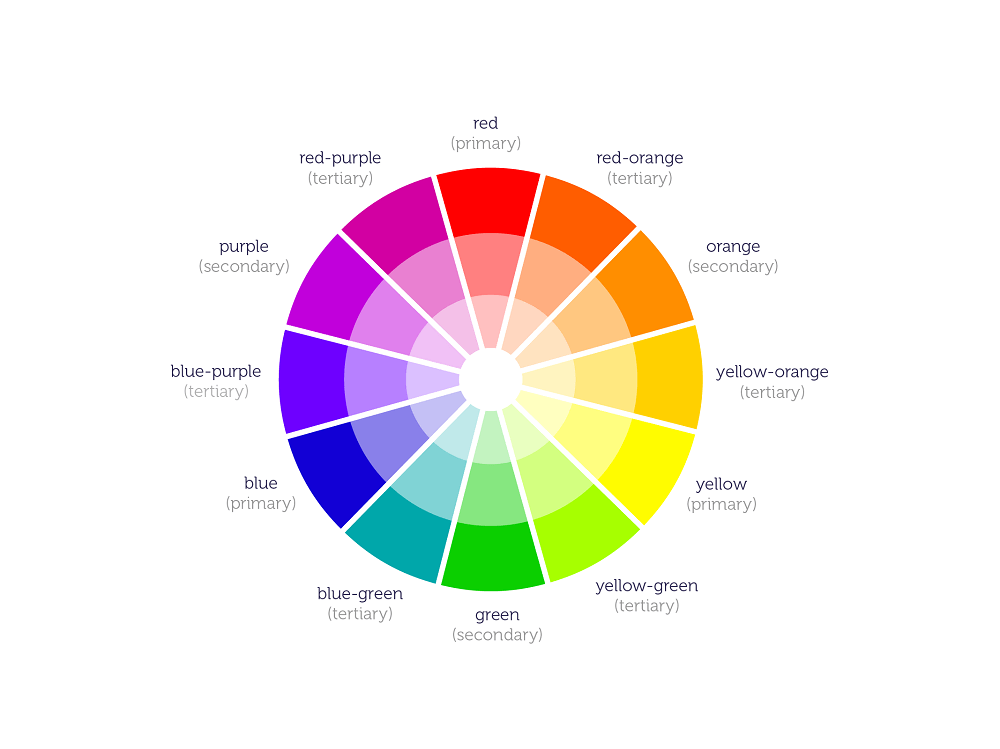
Under this arrangement, colors are divided into three categories, called primary, secondary, and tertiary colors.
In the traditional Color Wheel, primary colors consist of red, yellow, and blue. Meanwhile, secondary colors cover orange, purple, and green; and tertiary colors include red-orange, yellow-orange, yellow-green, blue-green, blue-violet, and red-violet.
Color Mixing Fundamentals
Familiarizing oneself with the different categories of colors in the color wheel will help you master the art of color mixing.
In particular, knowing the following:
Mixing primary colors together will create secondary colors.
- Yellow + Red = Orange
- Red + Blue = Purple
- Blue + Yellow = Green
Mixing primaries with secondaries will lead to tertiary colors.
- Yellow + Orange = Yellow-Orange
- Red + Orange = Red-Orange
- Red + Purple = Red-Purple
- Blue + Purple = Blue-Purple
- Blue + Green = Blue-Green
- Yellow + Green = Yellow-Green
Color Schemes
Since the Color Wheel demonstrates the relationship between colors, artists and designers use the diagram as a device to develop effective color schemes for things such as marketing materials. These color schemes include:
Complementary Colors
As stated earlier, colors in the color wheel are arranged logically according to their functions and relationships. Hues that are positioned opposite each other, for instance, are called complementary colors.
These refer to the types of colors, such as red and green, that have sharp contrast. Because of this clear differentiation, using the two colors together will help make each appear brighter and more intense.
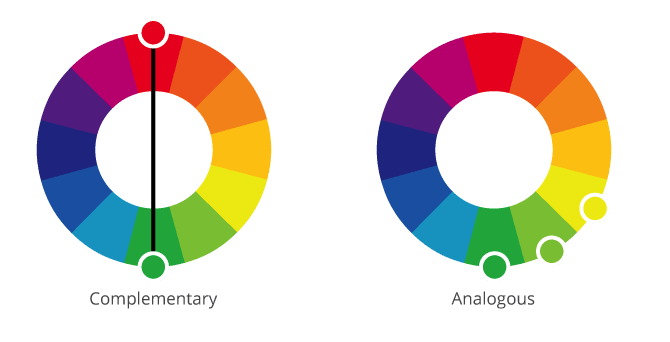
Analogous Colors
While complementary colors are colors positioned opposite each other, analogous colors refer to those that are placed next to each other on the color wheel.
Since they are seated next to each other, this indicates that the colors share a similar feature or function. Red, orange, and red-orange, for example, share comparable features.
When used in marketing materials, analogous colors are harmonious and pleasing to the eye, with one color dominating, one supporting, and the other accenting.
What Color Do Pink and Purple Make?
Now, to apply what we’ve learned from our brief discussion, it’s time to identify what color appears when pink and purple are mixed together.
Basically, if we were to review the Color Wheel, we will realize that purple is created by mixing red and blue together. This means that the color purple already contains a certain degree of redness.
Since pink is only a paler version of red (red + white), we could conclude that mixing the two colors will lead to a hue that falls between red and violet on the color wheel, such as magenta.
Magenta in Design
Commonly defined as purplish-red or reddish-purple, the color magenta plays a vital role in art and designs. Given its palpable redness, magenta is often used to indicate passion, power, and energy. However, since it also has visible violet features, it also suggests mysticality and royalty.
Overall, this makes magenta a perfect color choice when eyeing to establish harmony and balance in one’s art or design.
The Bottom Line
Have you learned something from our discussion of what color purple and pink make?
Whether you’re seeking a new trick to make your painting more vivid or want to establish a certain vibe in your design, understanding how color mixing works will help you arrive at your desired results.
Do not hesitate to learn more about colors by experimenting with your art materials today!
Read Latest Posts

Hi, I'm Anthony Tran! Welcome to my site. I live in Arizona and am obsessed with all things related to building an Online Business and working from home. Learn about my journey here.
Follow Online

